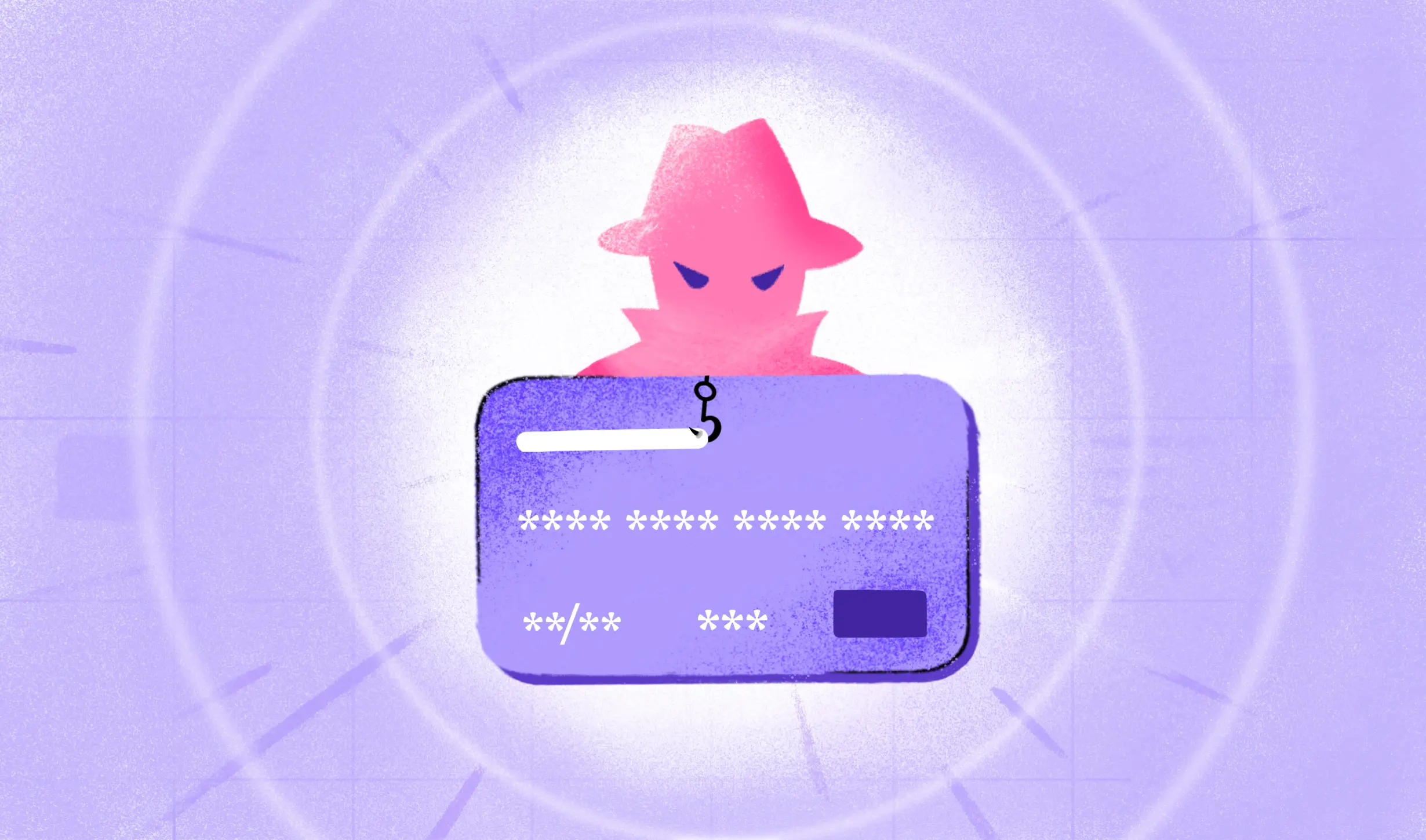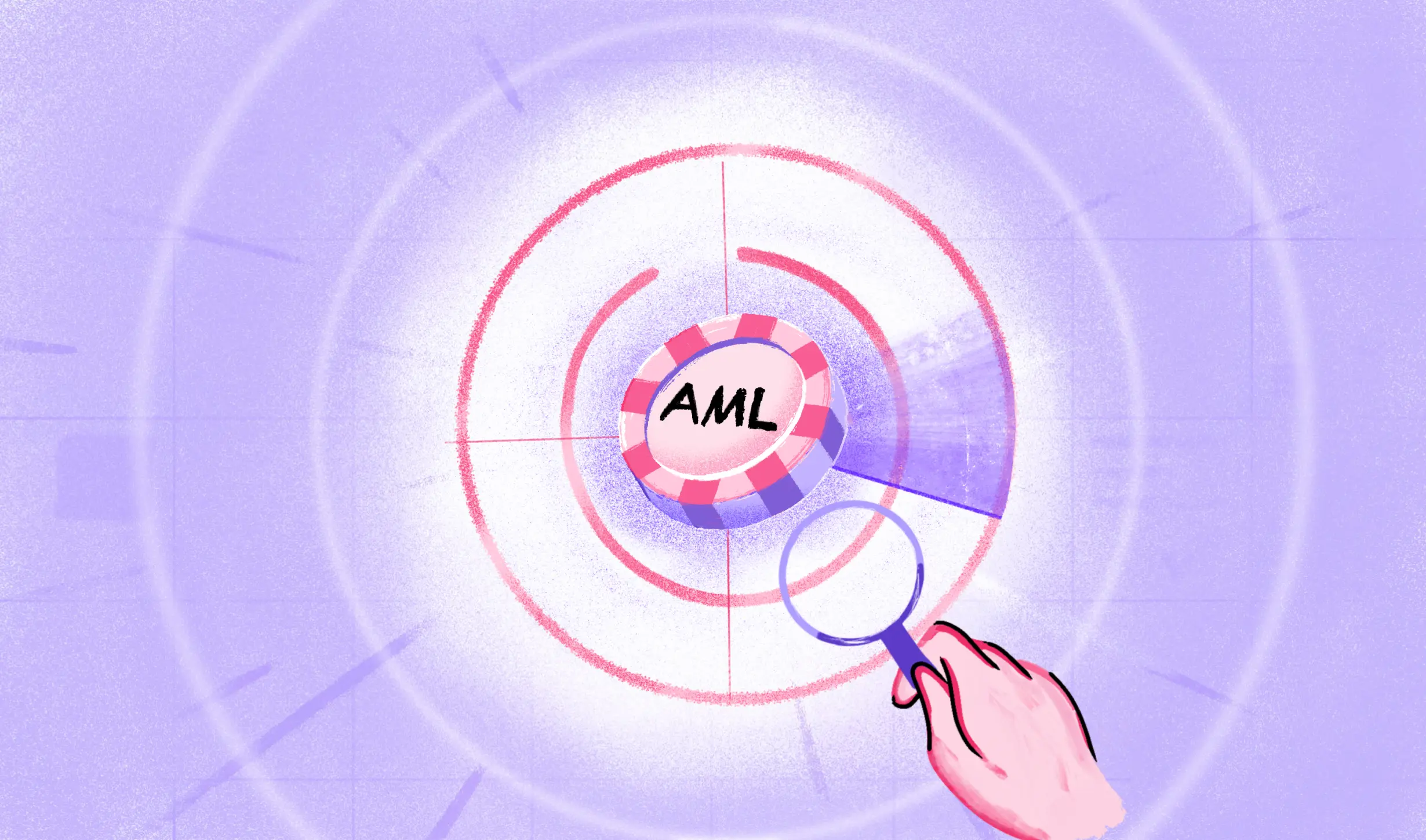Implementing an online age verification system is more than a regulatory requirement; it’s a commitment to safety. As the first line of defense in protecting minors from accessing age-restricted products and services, it’s crucial we get it right. Here’s a snapshot of why this matters:
A striking 87% compliance has been achieved in retail environments employing remote age verification tools!
Such statistics not only underscore the need for robust age verification services but also the community’s commitment to fuse compliance with the utmost safety standards. Each age verification solution we deploy is a step towards a more secure and responsible digital ecosystem.
Industries That Need an Age Verification System
Several industries stand to benefit significantly from the implementation of age verification checks. Let’s delve into a few key examples:
- Alcohol and Tobacco: Global regulations, including those by the FDA, mandate strict control over the sale of alcohol and tobacco to minors. An age verification provider is crucial for online retailers in these sectors to ensure they sell to legally eligible customers.
- Online Gaming: The gaming sector, attractive to children and teens, faces challenges like exposure to scams, offensive language, and bullying. Implementing age barriers helps ensure that players meet age requirements, creating a safer gaming environment.
- Online Gambling: With as many as 50,000 children under 17 reported to have used online gambling platforms, age verification is vital to protect children from accessing these platforms, thereby adhering to strict regulatory standards.
- Pharmaceuticals: Online pharmacies, a growing convenience for patients, need age verification to prevent underage users with drug issues from accessing medications. This process is essential to comply with regulatory bodies and build trust in the pharmaceutical industry.
- Dating Services: Online dating platforms, due to their low entry barriers, pose risks of underage use. Robust age verification services are necessary to prevent illegal underage access and protect adults from legal and psychological repercussions.

What is Age Gating?
Age gating is an initial step in online safety, particularly aimed at restricting access to content or services based on the user’s age. Commonly seen in industries dealing with alcohol, gambling, and online dating, age gating typically involves a page or pop-up asking visitors to confirm they are of legal age.
This simple method, however, can be easily bypassed as it relies on self-declaration rather than concrete age verification requirements. To truly verify age and stay compliant, you need a robust age verification system with a multi-layered identity verification approach.
Examples of Age Gating
Age gating requires a self-declaration using the question – “Are you over 18?” or “Confirm you are 21 to proceed.” This method is prevalent in sectors dealing with:
- Adult content
- Alcohol
- Tobacco products and vaping
- Cannabis
- Online gaming and age-rated video gaming
- Firearms
What is the Best Way to Verify Age?
The best way to verify appropriate age when online is through a robust and reliable age verification system. This system should comply with legal requirements and ensure a seamless user experience for age-appropriate customers. Slow and cumbersome verification processes can deter customers, so speed and ease of use are paramount.
Read more: Age gating vs age verification: what’s the difference?
Benefits of Online Age Verification
Age verification system services can vary depending on regulatory requirements, jurisdiction, and product, but the best systems offer:
- Automated procedures to adjust to different age requirements globally.
- The ability to maintain an audit trail for compliance purposes.
- Cross-border regulatory compliance without the need for separate onboarding processes.
For physical products like alcohol, relying on delivery personnel for age checks poses risks, highlighting the need for a reliable online system. The stakes are high; for instance, over 20 percent of minors in Texas were able to obtain alcohol through apps, putting businesses at risk of fines and reputational brand reputation damage.
Moreover, online services need to protect minors in a world where digital interactions are commonplace. Laws like COPPA in the U.S. and GDPR in the EU set strict guidelines on information collection from young people, making age verification a legal necessity.
An effective identity verification solution, incorporating personally identifiable information (PII) and other data points such as email and phone data, for example, can establish a customer’s identity with high trust, which is crucial for companies providing age-restricted products or services online.
Implementing a reliable age verification tool is a compliance measure and a way to protect the youth and maintain the business integrity of age-restricted marketplaces.
Why is Age Verification Service Required?
Age verification systems serve multiple critical functions in the online marketplace, extending beyond basic legal compliance to encompass fraud prevention and the safeguarding of minors.
Prevent Fraud
Fraud prevention is a cornerstone of an age verification service. The advanced software compares the provided ID with public databases to ensure authenticity, thereby significantly reducing fraudulent activities.
Comply with Regulation
Compliance with regulations is another compelling reason for implementing age verification systems. Regulatory authorities require businesses to verify the age of their consumers rigorously, a mandate that applies to both physical storefronts and online platforms. This is particularly pertinent in industries such as tobacco, alcohol, and online gambling, where age restrictions are strictly enforced to prevent minors from engaging in potentially harmful activities.
Safety of Underage Audience
Finally, the safety of underage users is a primary concern. Age verification systems help protect minors from accessing content that can expose them to risks such as addiction, exploitation, or other dangerous situations.
Meeting Age Verification Compliance Standards in the US
Age verification compliance in the United States is a multifaceted issue that involves navigating a combination of federal initiatives and state laws.
Federal Initiatives: The SCREEN Act
At the federal level, the SCREEN Act (Shielding Children’s Retinas from Egregious Exposure on the Net) represents a significant step towards national age verification legislation, aiming to restrict minors’ access to harmful digital content. Moreover, proposals like those barring teenagers under 16 from social media without independent age verification underscore the federal government’s commitment to protecting children online.
State and Federal Laws and Regulations
The compliance landscape is further complicated by state legislations that introduce their own rules. States like Louisiana, Utah, and Virginia have passed rigorous laws mandating age verification for accessing certain types of online content, notably pornographic material, and social media platforms.
How Do Online Age Verification Solutions Work?
Age verification methods are crucial for businesses to ensure their services are used appropriately and legally. These methods vary in complexity and security.
Document Verification
The most secure form of age verification is through identity document checking. Users must upload or present a government-issued ID, which is then verified for authenticity. An age verification system analyzes identity documents using Optical Character Recognition (OCR) and extracts the date of birth.
Read more about document verification here.
Database Check
The user’s ID document is cross-referenced with public records or third-party databases. This method adds a layer of security, ensuring the data, such as date of birth, provided matches.
Facial Biometrics
For selfie identity verification, the user takes a live selfie, which is verified against the photo on the ID document. It is recommended to implement liveness detection at this stage to verify if the same person is truly present at the time of taking the selfie.
A few ways to implement liveness detection during facial recognition:
- ask the user to read out the text displayed on the screen
- ask the user to hold a piece of paper where they write down some verification text
- ask the user to perform certain gestures such as moving their head, blinking, etc.
HyperVerge’s liveness detection solution is globally certified (iBeta, NIST) to ensure maximum accuracy!

Verify Age and Stay Compliant Without Hampering User Experience
Balancing compliance with age verification laws and maintaining a smooth user experience can be challenging. Modern age verification solutions utilize advanced technology to confirm age quickly and accurately, without adding unnecessary steps to the customer journey. They strike the perfect balance between due diligence and user-friendliness, ensuring compliance doesn’t come at the cost of customer experience.
Ready to enhance your age verification process? Discover a user-friendly way to verify age and stay compliant with our age verification services!

 US
US
 IN
IN









